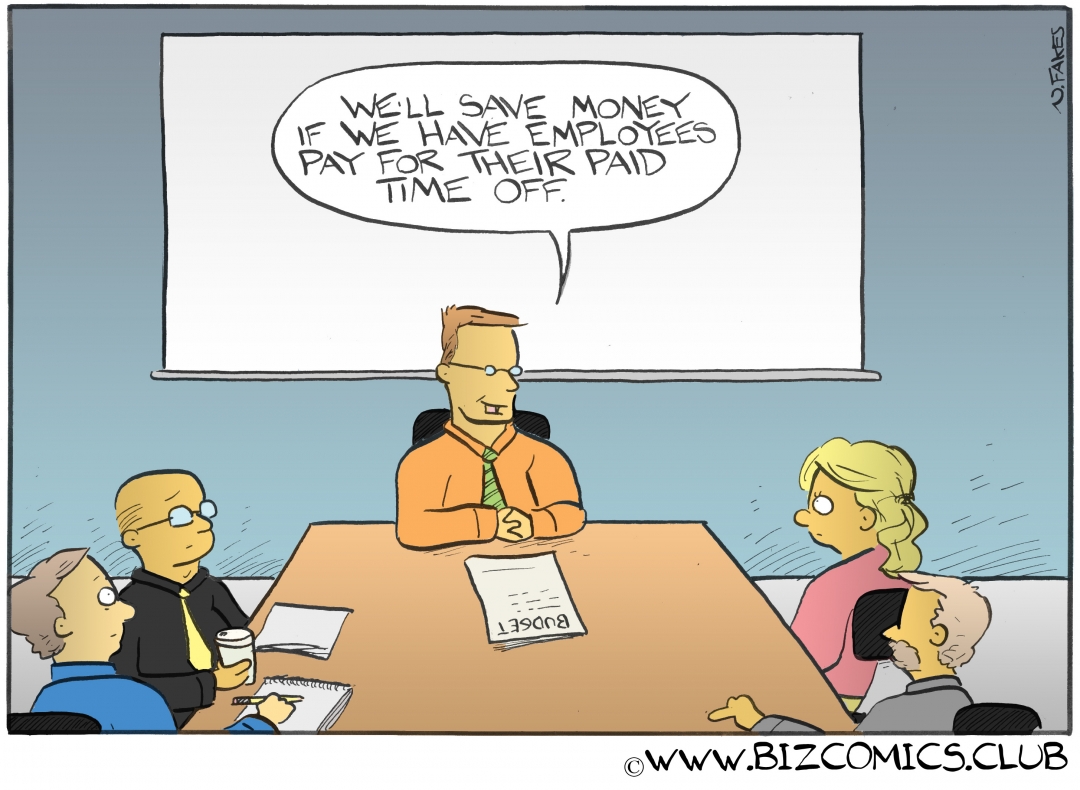Employee benefits sometimes seem like tackling dummies: They get set up, just to get knocked down again and again.
If we consider the history of government-mandated benefits, that may not be so surprising:
The modern system of getting benefits through a job required another catalyst: World War II … The government rationed goods even as factories ramped up production and needed to attract workers. Factory owners needed a way to lure employees … offering more and more generous health plans … In 1943, the Internal Revenue Service ruled that employer-based health care should be tax free. A second law, in 1954, made the tax advantages even more attractive … [starting] from 9 percent of the population in 1940 to 63 percent in 1953.
But in a larger picture, governments are just one particular form of bureaucracy. And bureaucracies are like cats: They’re all predictably similar in some aspects and utterly distinct in others. And two of the characteristics shared by all bureaucracies are self-sustenance and the absence of awareness of anything other than sustaining themselves.
That’s why, in any bureaucracy, the same kind of Q&A is likely to take place:
Q: What do you do?
A: Well, ya see, we process the … uh … hmm … okay … yeah … we’re not exactly sure.
Q: Is there a benefit to what you do?
A: We don’t know. But it needs to be done.
Q: Why do you do it?
A: Because we’ve always done it.
Q: Why do you do it the way you do it?
A: Because we’ve always done it this way.
So, we’re left to decide what’s worse: the fact that bureaucracies compel us to toil in rote, anonymous invisibility or the fact that effecting change in them is the rough equivalent of turning an aircraft carrier by sticking your hand in the water — you might be able to do it, but it’ll take a hell of a long time.
As organisms, it’s the nature of bureaucracies to grow and take. Since your benefits may be required to pay the bureaucratic piper, call your tune wisely.
What will you (have to) give up next?

